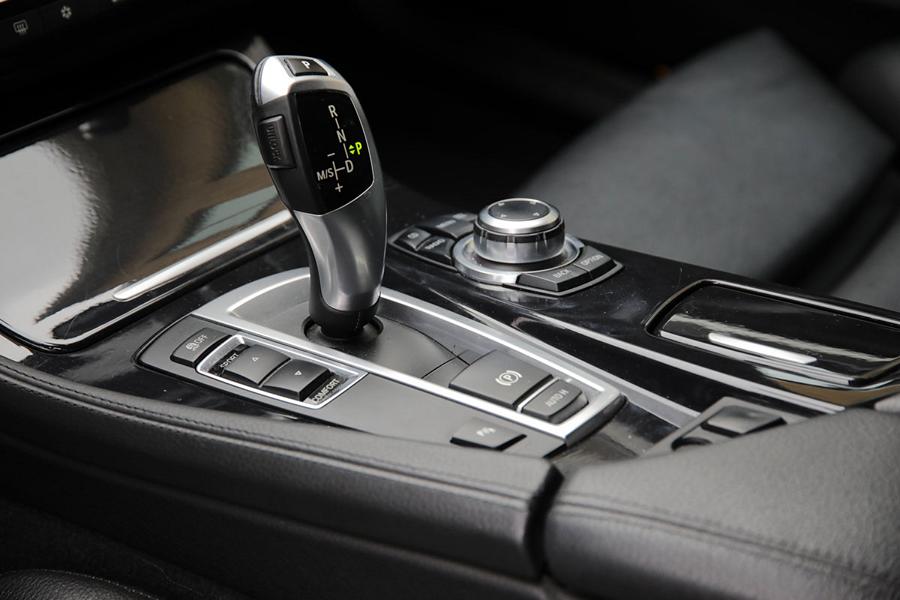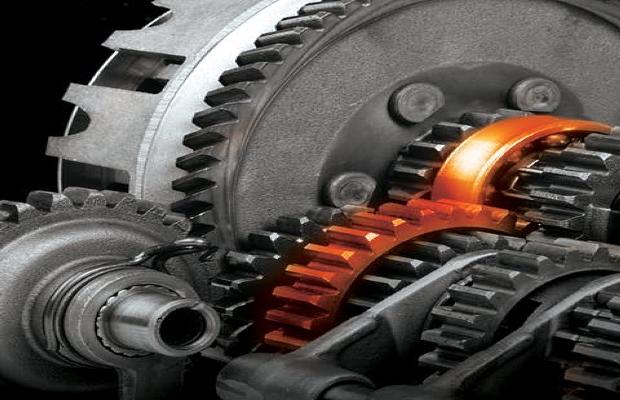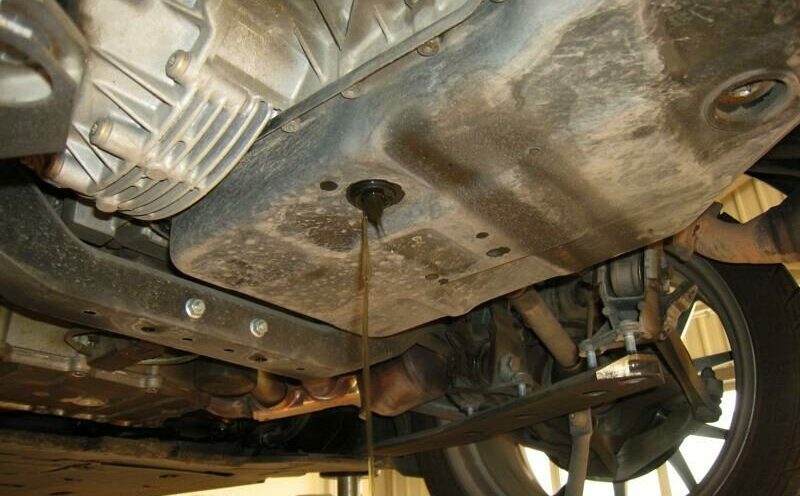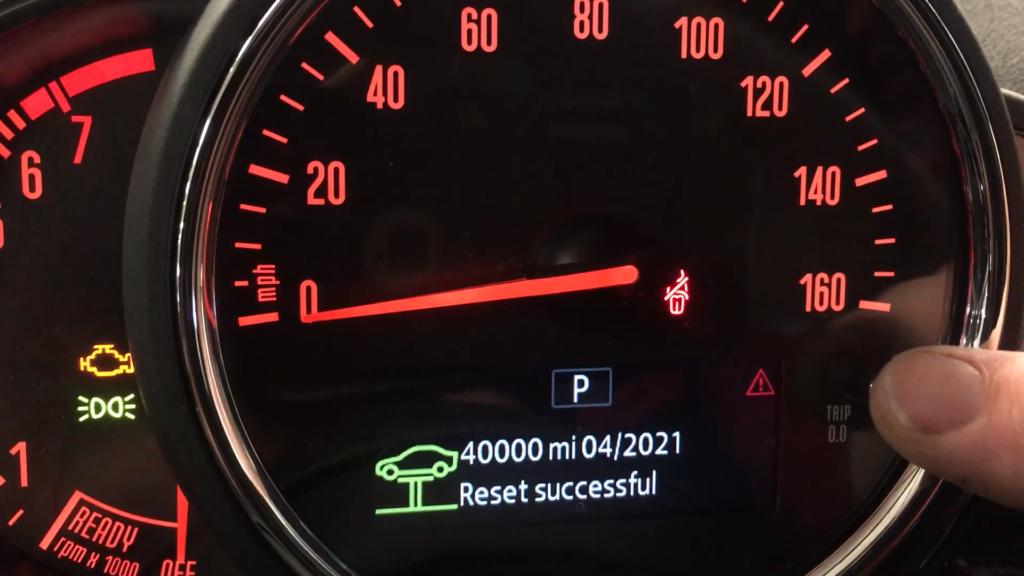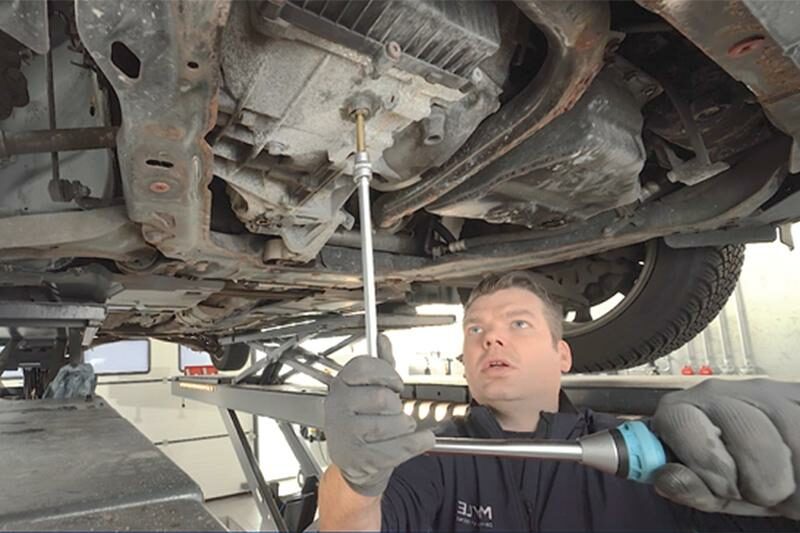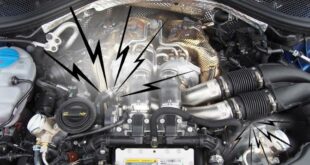Recently updated on February 21, 2023 at 08:38 am
That is why the gear oil should be changed regularly! While the engine oil is exchanged regularly, motorists treat that transmission oil rather neglected. But this also ages and should be done at regular intervals changeto prevent damage to the transmission. But only very few manufacturers prescribe a transmission oil change. You often talk about the so-called "Longlife filling“And a vehicle that has run around 180.000 kilometers, according to most manufacturers, that is beyond its lifetime at the latest. Through the Abrasion of the gearbox, the oil becomes contaminated, as a result of which it loses its properties. This can be too Gearbox damage which can ultimately be more expensive than regular transmission oil changes and mostly in vehicles with high mileage an economic total loss equal.
The function of the gear oil!
The transmission oil fulfills a similar task as the engine oil. It is for the lubrication of the gears responsible and ensures that wear and tear is reduced. In addition cleans and cools it's the gearbox. The smallest abrasion particles are picked up and transported to the filter, which prevents undesirable friction. But with increasing age the oil becomes dirty and gradually loses its good flow properties. Over time, this also has an impact on driving / switching behavior. The following changes are signs that a gear oil change is necessary:
- mainly in manual transmissions delayed engaging the gear and the power transmission
- especially the first and second gear hard to insert (mostly when the oil is still cold)
- automatic transmission jerks when changing levels
- Rattling and rattling when changing gears
- Oil stains under the gear is a sign of a leaking gear. The trip to the workshop is inevitable.
Why does the transmission oil have to be changed?
Most manufacturers see it no transmission oil change before the inspection. This means that the gear oil should actually be durable for the life of the car. But this shelf life is, as already mentioned, for one Maximum mileage from 150.000 to 180.000 km or a maximum service life of eight to ten years limited. A gear oil change should then be carried out at the latest if the gear is to provide a higher mileage even in old age. In addition to contamination and the loss of lubricating properties, there can also be a gradual loss of oil. The optimal lubrication of the gear is then no longer guaranteed. The consequences are wear and tear and overheating, making a more expensive Gearbox damage becomes more and more likely.
How often should a gear oil change be made?
The transmission oil doesn’t have to be changed as often as the engine oil. If the manufacturer does not suggest an interval, you should look it up 80.000 to 100.000 km or after six to eight years the first transmission oil change take place. The model and driving style also play a role. A sporty driver demands more from the transmission, which accelerates the wear and tear and aging of the transmission oil. Even on short journeys, the transmission is subject to considerably more demands thanks to the many gear changes. Some transmissions run well with the same oil even after 150.000 km, while others are completely dirty after 60.000 km. Therefore, you should always keep an eye on the gear oil.
Simply ask your workshop about the condition of the gear oil the next time it is serviced. Checking the tightness of the gear unit and the fill quantity of the oil are part of the regular work during the inspection. At the first sign of contaminated oil, it should be exchanged immediately. Even after one Transmission repair The transmission oil should be changed after 5.000 km at the latest, because this is the period during which the abrasion is greatest and there are numerous residues in the oil. Regardless of whether Manual or automatic transmission.
the process of changing the transmission oil
When changing the transmission oil, the workshop distinguishes between a simple transmission oil change and a transmission flush. With a simple transmission oil change, the old oil is drained via the drain plug and new oil is filled in. This process is sufficient for a normal manually operated gearbox completely off. It looks different with one automatic transmission out. After draining, there are still large amounts of old oil and debris in the filter or oil cooler. If new oil is poured in immediately, these residues remain in the gearbox and cause the consequential damage described. That is why with an automatic transmission a rinse performed. Many workshops now carry out cleaning according to the "Tim Eckhart Method™" through. You can find out exactly what that is and how it works HERE ...
In order to remove the old oil with as little residue as possible, it is pumped out of the gear unit under pressure. The gear unit is then rinsed with a mixture of gear oil and cleaning additives (additives) until there are no more residues in the draining oil. If this is the case, new oil is added. The transmission flush is much more effective than the simple oil change, but also more expensive and sometimes complicated. The way in which a transmission flush is carried out is sometimes extreme, depending on the vehicle Kompliziert and time consuming. More information on this topic is available in the article "Transmission Flushing: Necessity, Cost and Procedure!".
Can I change the transmission oil myself?
When you change the transmission oil on your car want to do it yourself, you should already have some experience. An oil change is actually easy with a manual transmission, but with an automatic transmission it is advisable to have the transmission oil change carried out by a specialist workshop, as the latter is always the case a transmission flush necessary is. Flushing the gearbox is also more effective with a manual gearbox, but if you don't want to bear the high costs, you can simply change the oil. Before you start, you should read through the owner's manual or relevant internet forums for the vehicle, because they will tell you which oil to use and where to find it Drain and filler plug condition. Using a wrong oil can damage the transmission. Before you start changing your oil, you must have your Warm up the car and preferably all courses once switch through.
The drain plug is usually difficult to access, which is why you have to drive your car on a lift. The drain and filler plugs must be loosened and the old oil drained off, similar to when changing the engine oil. Don't forget to collect the old oil and then use it to dispose of properly (hazardous waste!). Drain and filler plug must be used after the oil change RENEWED to prevent residues of the old oil from getting back into the gearbox. In addition, the old screws no longer seal as well. Then fill in the new oil. Special tools such as a syringe or injection hose are required for this.
What are the costs for a gear oil change?
The costs for a simple transmission oil change (draining and topping up) amount to approx. 200 euros. On your own, it is only the material costs that should be covered by a good 100 euros. Flushing the gearbox is, however, significantly more expensive thanks to the high oil requirement and the great effort. The costs for this are sometimes in the four-digit range.
How is engine oil different from gear oil?
The engine oil must be particularly heat-resistant, as it often has to deal with very high temperature differences. In the case of a gear oil, on the other hand, the operating temperature is usually constant at 80 degrees. The transmission oil has a thinner consistency and less wear than the engine oil. The gear oil is also divided into SAE classes (common specification 75W90), but differs from engine oil in terms of viscosity. Gear oils are also classified according to international standards in the GL classes (“gear lubricant”) power levels graded from 1-5. In modern vehicles, in most cases we find classes GL4 and GL5.
Tip: If the automatic transmission no longer shifts as desired, a reset may be the solution. You can do it like that HERE ...
The requirements for the transmission oil are for automatic transmissions significantly higher than for manual transmissions, because here not only the gears are optimally lubricated, but the hydraulic components for the gear shift must also be lubricated. That is why special fluids are used for automatic transmissions that Automatic Transmission Fluids (ATF). The specifications for this are given by the gearbox manufacturers. You should therefore only use oils that have been approved by the manufacturer, as otherwise serious and costly damage can result.
Of course, that wasn't the end of it!
tuningblog has countless other articles on the subject of car and auto tuning in stock. Do you want to see them all? Just click HERE and look around. In part, we would like to provide you with news but also off the tuning. In our category Tips, products, information & Co We have reviews of car or accessories manufacturers, new ones Tuning Wiki Terms or one or the other Leak veröffentlicht. Following an excerpt of the last articles:
|
Scope, information and costs incurred for inspection and service! |
"Tuningblog.eu" - we keep you up to date on the subject of car tuning and car styling with our tuning magazine and we present you the latest tuned vehicles from all over the world every day. It's best to subscribe to ours Feed and will automatically be informed as soon as there is something new about this post, and of course also to all other contributions.
 tuningblog.eu Your magazine about tuning the car
tuningblog.eu Your magazine about tuning the car
